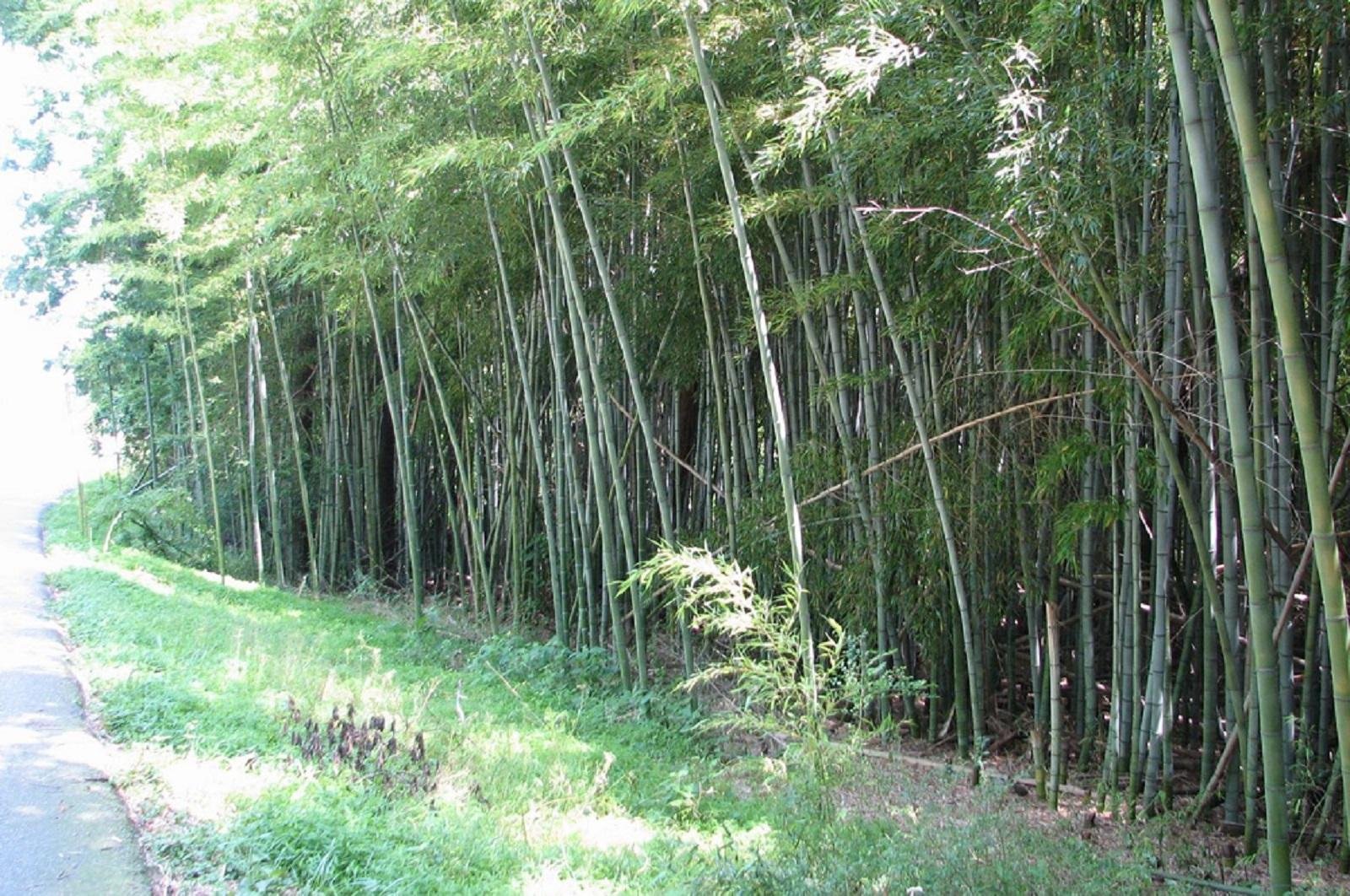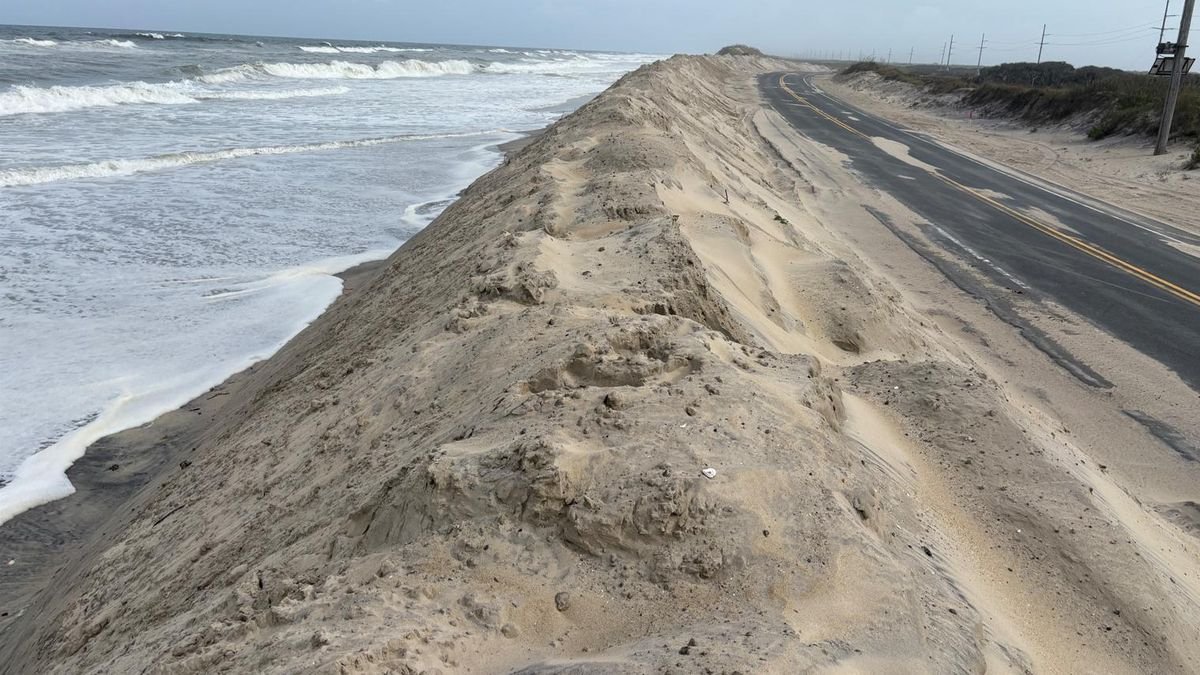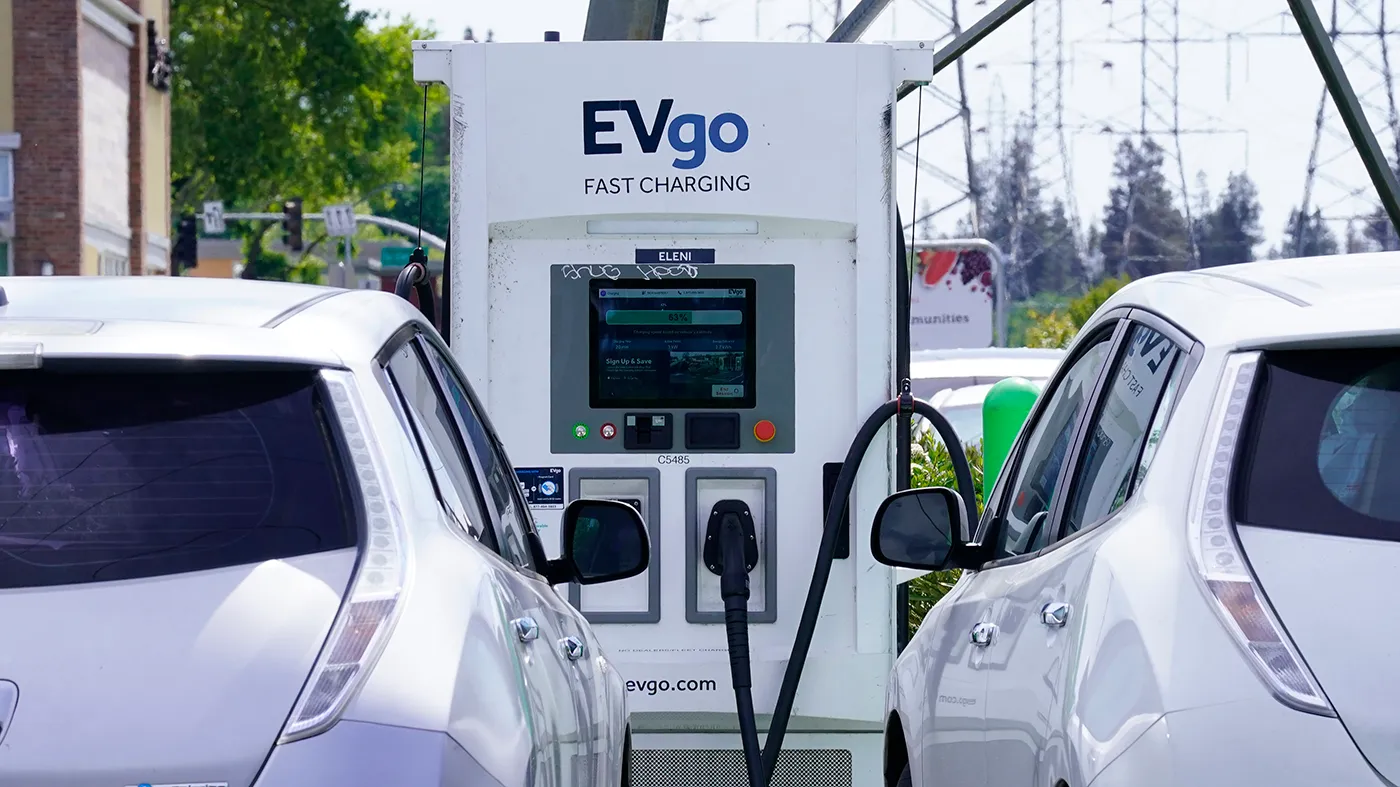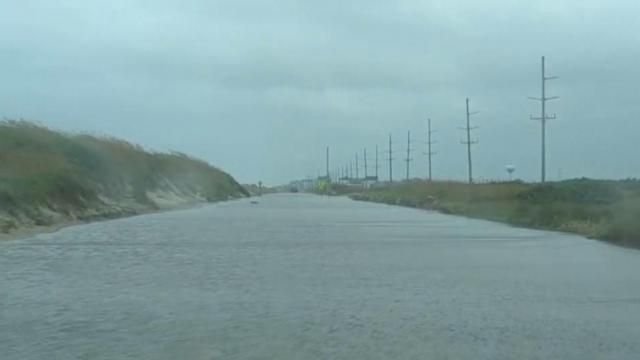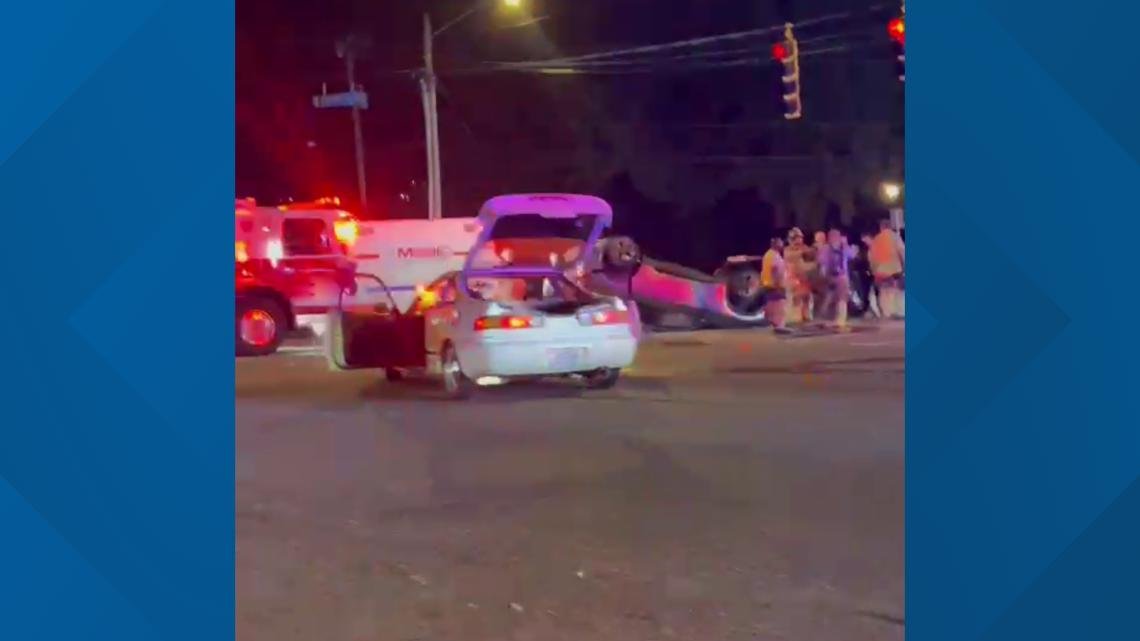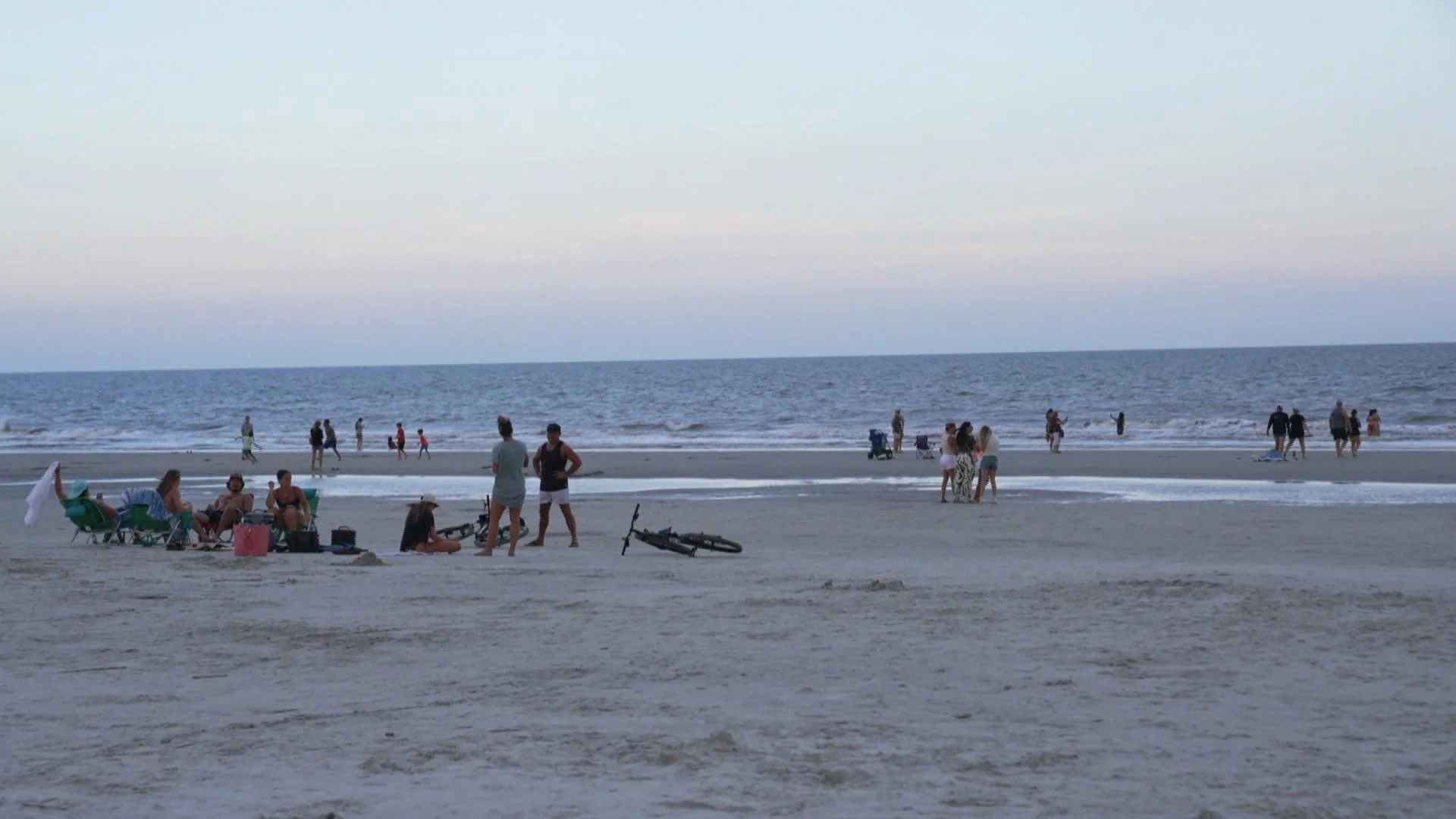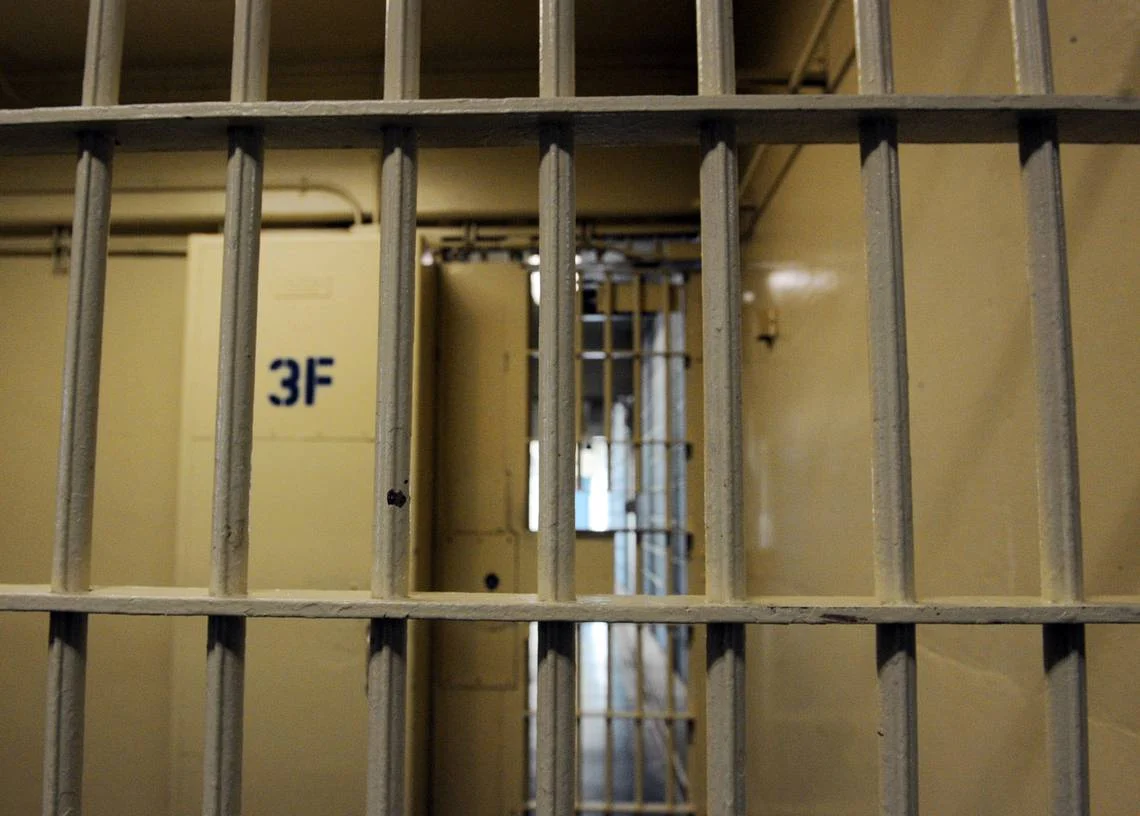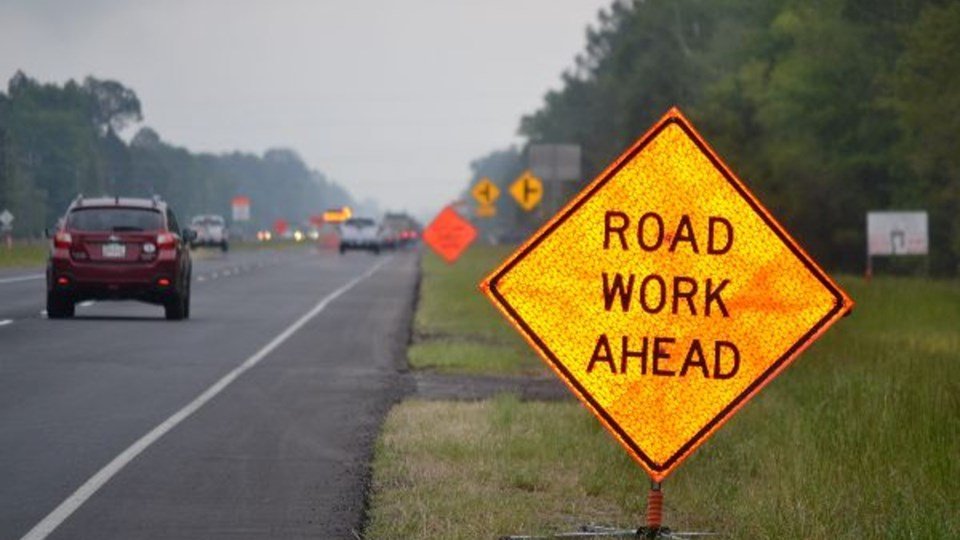Charlotte, North Carolina.Tall, rapidly growing bamboo stalks have become an uncommon roadside companion for drivers throughout North Carolina, bordering both municipal and major routes. Despite its exotic or ornamental appearance, experts believe this invasive plant has been around for almost a century and is difficult to eradicate.
Bamboo s Roots in the Carolinas
In the 1930s and 1940s, golden bamboo was brought to the US, mostly for aesthetic purposes and as a green screen to protect areas from noise and traffic. Little was known at the time about how quickly it spreads.
National Bamboo CEO Jamie LeLiever clarified that although this species was planted for aesthetic reasons, they were unaware of its aggressiveness in terms of rhizome propagation to the ground. Decades later, bamboo has spread over large areas of land, especially along roads, thanks to these hidden stems.
Where Is It Coming From?
Roadside bamboo is frequently not the product of deliberate public planting. It originated from private properties instead, where it was planted for aesthetic reasons. The plant can quickly spread and evade property lines if it is not controlled.
Bamboo growth along public rights-of-way and highways must be managed by local and state transportation departments, while homeowners are in charge of keeping it in good condition on their own property.
Why It s So Hard to Remove
Bamboo is obstinate in addition to growing quickly. Experts estimate that the rhizome root structure forms dense mats that are challenging to completely eradicate, sitting between the topsoil and about 18 inches deep.
LeLiever stated, “You literally have to cut it and dig out the rhizome.” It is essentially gone as soon as the rhizomes are removed and any linkages to other bamboo plants are severed.
Nevertheless, this procedure necessitates a lot of work and ongoing upkeep. Bamboo may sprout and restore itself if even little pieces of the rhizome are left in the ground, therefore in certain situations, eradication may take years.
What Can Be Done About It?
As of right now, there isn’t a statewide initiative to clear the roadsides of bamboo in North Carolina. Rather, it is up to local governments and private property owners to determine how to handle the problem. While some locals view it as a natural privacy barrier, others have fought for clearer legislation or property regulations to limit the unregulated spread.
Bamboo should not be planted by homeowners unless they are willing to erect root barriers or make a long-term care commitment, according to experts. Despite being expensive and time-consuming, containment and selective eradication are still the principal strategies for public roadways.
Although bamboo may appear serene as it sways in the wind, North Carolina’s transportation authorities are aware that it poses a continuous threat to safety and land management. Public awareness of the plant’s history and the efforts required to control it is growing along with its existence.
Tell us how your community is reacting if you have observed bamboo encroaching on your local yards or roads. Visit SaltudaStandard-Sentinel.com to stay up to date on stories that influence our local environment.
